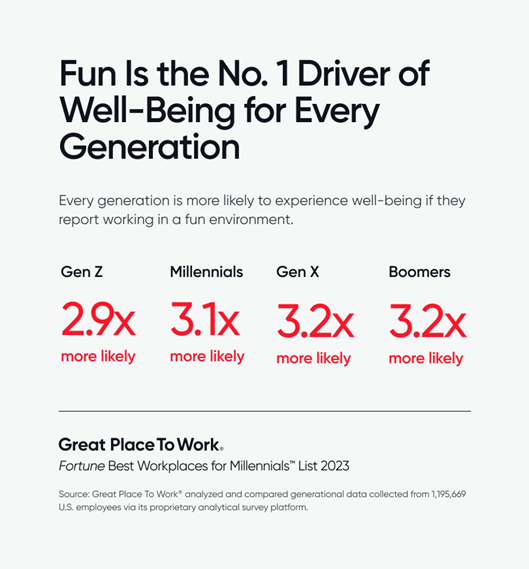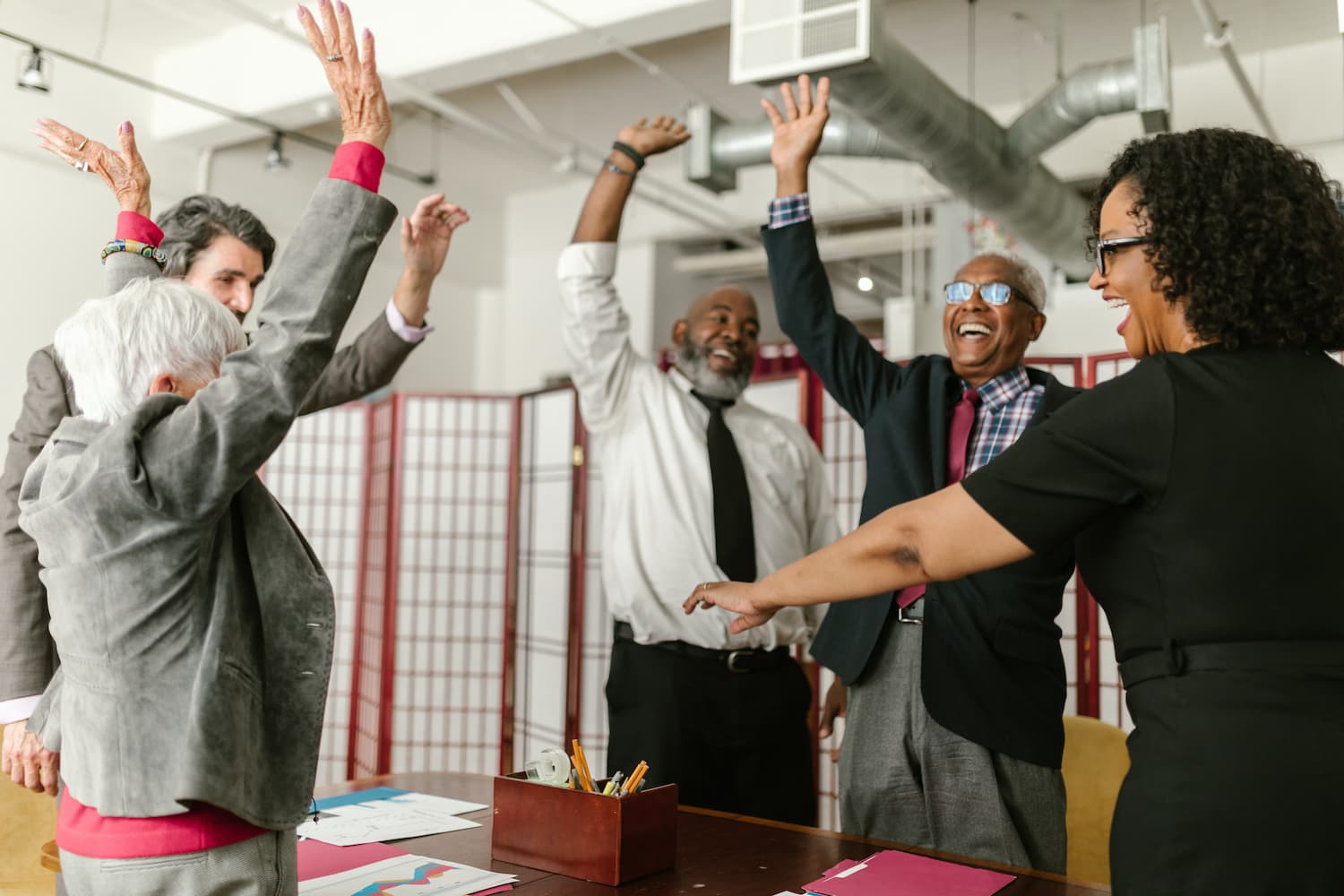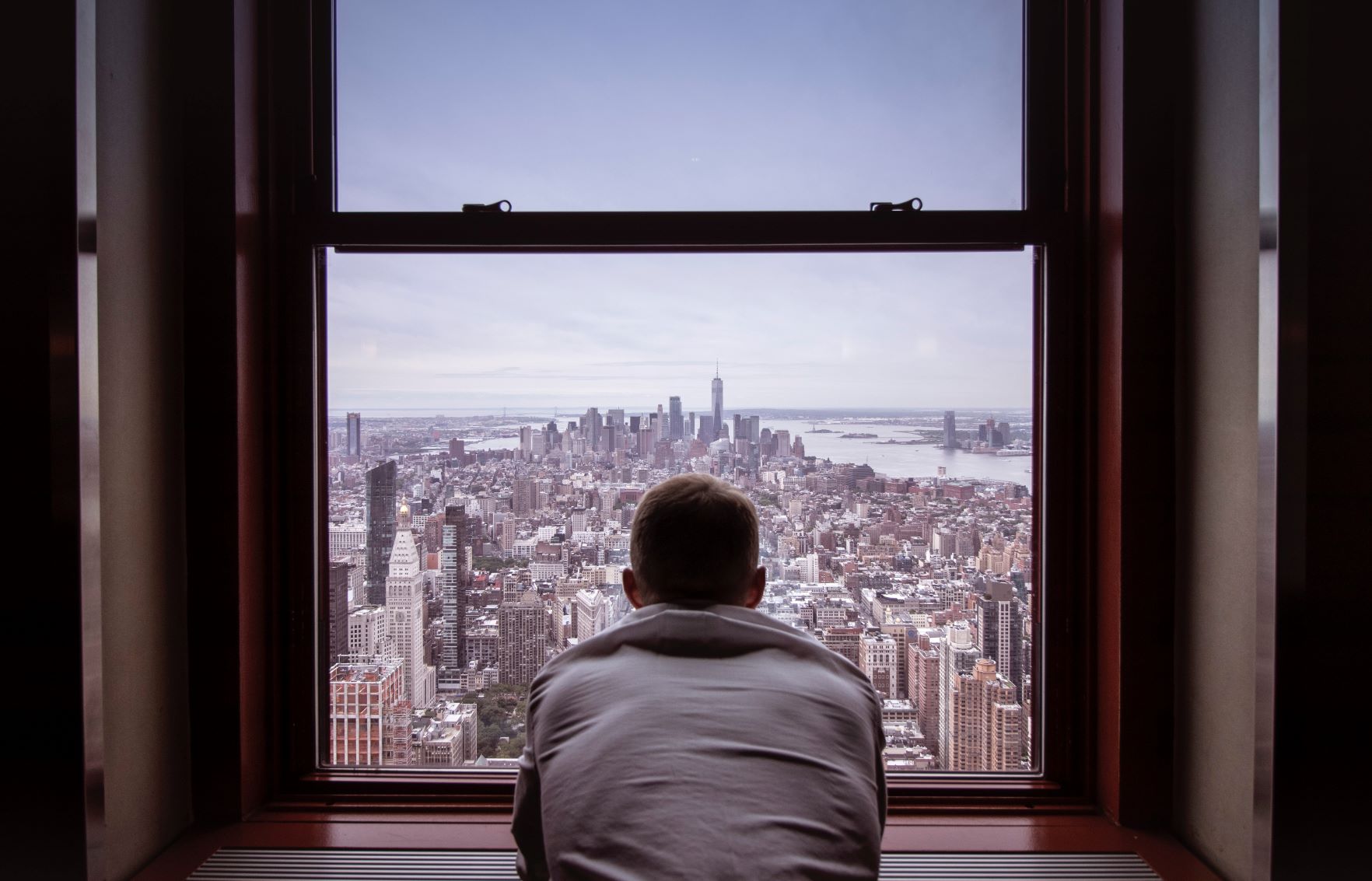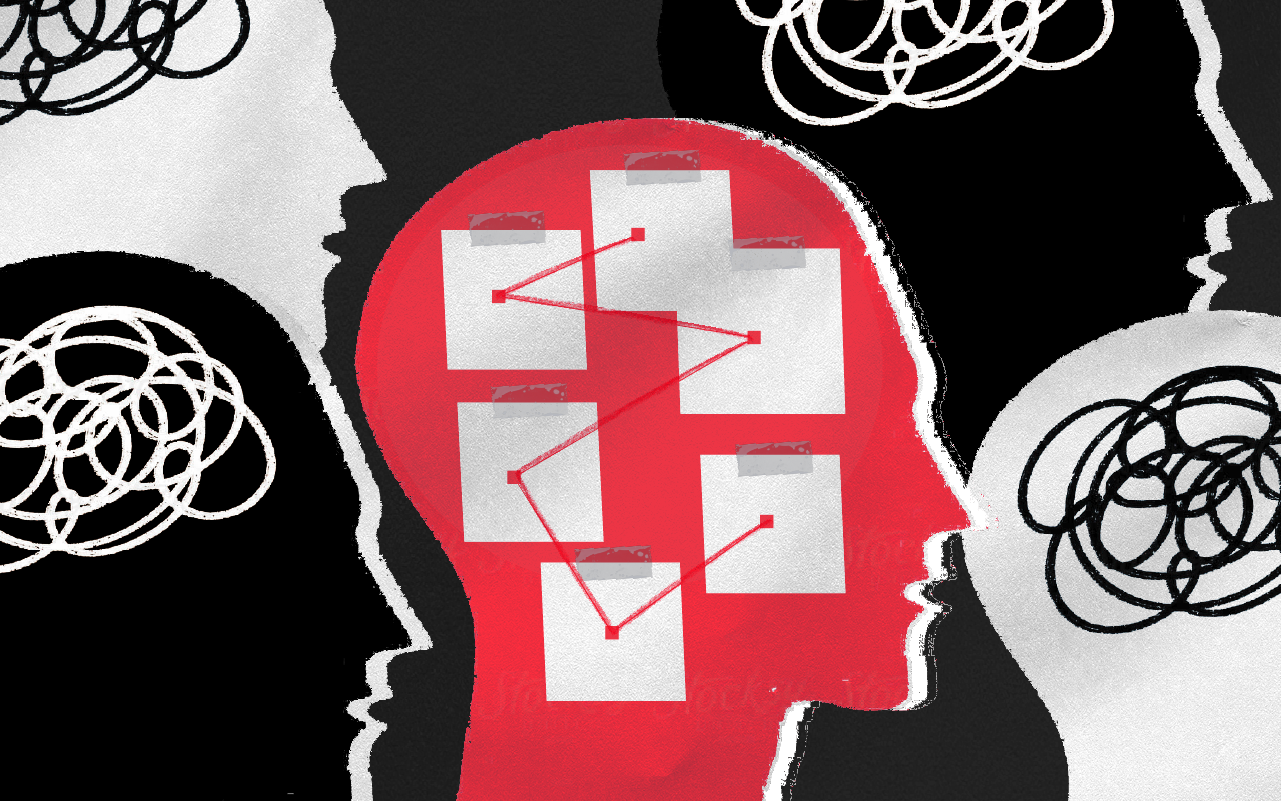Employee Experience, Employee Well-being
Fun is an important driver of well-being across all generations in the workplace. Here are some ideas to make your workplace fun, yet productive.
Is your workplace “fun”?
Business leaders might roll their eyes at the question, but data shows that employees heavily benefit from having a good time at work. In particular, fun is an important driver of well-being in the workplace, and not just for younger generations:

Well-being has become an increasingly large concern for employers in the post-pandemic workplace. The U.S. Surgeon General has warned about the health crisis facing workers, with concerns about loneliness and burnout at the top of the list.
The data suggests employers should be looking for ways to build “fun” into the workday. But how should we define “fun” in a work setting?
How great companies promote fun
“I think we need to redefine what fun in the workplace means,” says Rebecca Nunez, founder and CEO of The MRN Agency, a cultural intelligence and experiential marketing agency with offices in Los Angeles and Mexico City.
For many workplaces, “fun” has been embodied by office perks like ping pong tables, craft beer or kombucha on tap, catered lunches, and more. But Nunez argues that’s a reductive way to think about creating a fun workplace.
“As a leader, part of my job is understanding what ‘fun’ means for each employee,” Nunez says. “Because not everyone necessarily finds those perks to be enough to feel like they’re being valued and seen.”
While some employees might appreciate a happy hour with craft cocktails in the office, others would rather spend that hour beating the traffic to get home to their families.
For Nunez, the real magic happens when you learn more about what an individual employee likes—their passions and interests.
“If I know that someone loves spin, and their spin class is at 6 p.m., and that class is important to them, it's my job to make sure that they make it to their class,” Nunez says.
At large companies, learning about employees’ individual preferences has to be intentional.
Kimpton Hotels & Restaurants creates a Personal Preference Profile during onboarding, where employees fill out a questionnaire. Questions vary in length and complexity:
- What do you like to do for fun when not at work?
- What is your favorite food or snack?
- Tell us one thing that people would be most surprised to know about you.
Managers can then use this profile to surprise and delight employees when celebrating milestones or recognizing their hard work.
Save the date: Attend our annual company culture conference May 7-9, 2024
Opting out
For culture events to truly delight employees, they cannot be mandatory. Instead, companies must use careful listening and engagement to develop programs that incentivize participation.
Otherwise, you’re just creating more work obligations.
Nunez recommends having an upfront and candid conversation about what is mandatory when creating culture moments, otherwise employees will worry about the optics of refusing to participate.
“Take that away from the beginning,” she recommends. “And then get feedback.” After a companywide retreat that brought employees together from both the Los Angeles and Mexico City offices, Nunez sent a survey to employees to learn about what resonated with employees and what didn’t work.
“At the end of the day, you're doing it for them, so it should be for them and not for yourself,” she says.
When bringing employees together, companies should find more than one compelling reason for participation.
At Visa, employee resource groups (ERGs) play an important role in creating programs that entertain and engage employees. Every third Wednesday of the month, the company holds an ice cream social in partnership with the Return to Office team.
ERGs set up booths that employees can visit, learning more about each of the ERGs and potentially signing up to become a member while enjoying a sweet treat.
The activity promotes in-person collaboration and engagement with the ERGs, which Visa credits with increased ERG membership and awareness of the ERG across the company.
Creating a culture of support
Leaders aren’t the only ones who can build a culture of caring and camaraderie in an organization.
Nunez particularly values the ways her employees are incentivized to care for one another. The MRN Agency has what it calls its “No Solider Left Behind” where colleagues are encouraged to offer support when they see a coworker struggling to keep up with their workload.
“If someone is still working at 6 p.m. because they haven't finished, maybe you offer to get them a Starbucks,” Nunez shares as an example of the policy in action. “If someone worked all weekend, ask them if there is something you could take off their plate? Maybe they need to go have a laundry day and you could cover for them.”
For Nunez, these values of care and collaboration are deeply tied to the relationships that are built with events and activities that are often labeled “fun.” And if employees can’t find a healthy work balance, they don’t have time to invest in the relationships that are so valuable for her business to thrive.
“Fun doesn’t always need an activity,” she says. “Fun can mean, ‘Let’s just wait; let’s take a beat; let’s take a pause.’”
The need for consistency
When trying to instill a culture of fun into the workplace, Nunez advises that leaders can’t afford to be inconsistent. If you create an expectation around company events and gatherings, they have to be honored, even when its difficult to keep them on the schedule.
“I can’t tell people, ‘Well, let’s skip this month or I will owe you this lunch,’” explains Nunez. “People will start to lose faith in it. It’s really hard create a chain reaction of people feeling good and being positive.”
Nunez shared another piece of advice: Don’t take it personally if your employees reject what you thought would be a fun activity. “As a leader, you want everyone to love all your ideas,” she says. “That’s not always the case.”
Business impact
For smaller companies like the MRN Agency (less than 30 U.S. employees), it can be hard to justify big expenses on company perks or outings. But for leaders like Nunez, the investment has a clear return for the business.
“I value my people,” she says. “While the work and the clients are ultimately what keeps the lights on, without my people, we don’t get anywhere.”
Nunez measures the business impact of being a fun place to work several ways:
1. Word-of-mouth referrals. When employees speak about her agency, Nunez can count on a good report that builds the reputation of her company, both with potential new employees and clients.
2. Incentivizing in-person work. The nature of Nunez’s business means employees can’t be completely remote — a competitive barrier for Nunez in recruiting talent. She sees efforts to build a “fun” workplace as a crucial way to stay competitive and entice workers to pick a job that can’t always be flexible.
3. Healthier employees with higher engagement levels. “With my more senior team members, the responsibility and the pressure that they carry is something I admire,” says Nunez. “They need balance, not just to stay at our agency but to keep bringing 100% of themselves every day.”
When an employer can reward hard work with a little bit of fun, it helps workers feel seen and valued.
“I see that a personal investment for me,” says Nunez, “because I’m investing in their salaries, which is a lot more expensive than their lunch.”
Learn more about your workforce
Use Great Place To Work® Certification™ to get unmatched data on how employees feel about their work.
Shape the workplace everyone wants to join.
The best employers attract and retain top performers by obsessing over the employee experience. They also rely on the employee survey software from Great Place To Work® to measure, benchmark, and improve employee satisfaction.
Request Demo >











